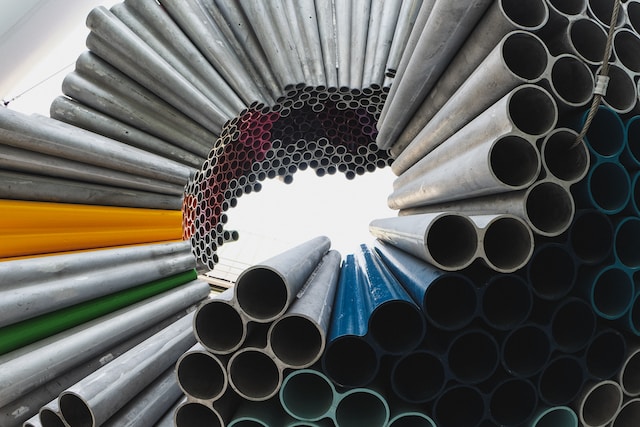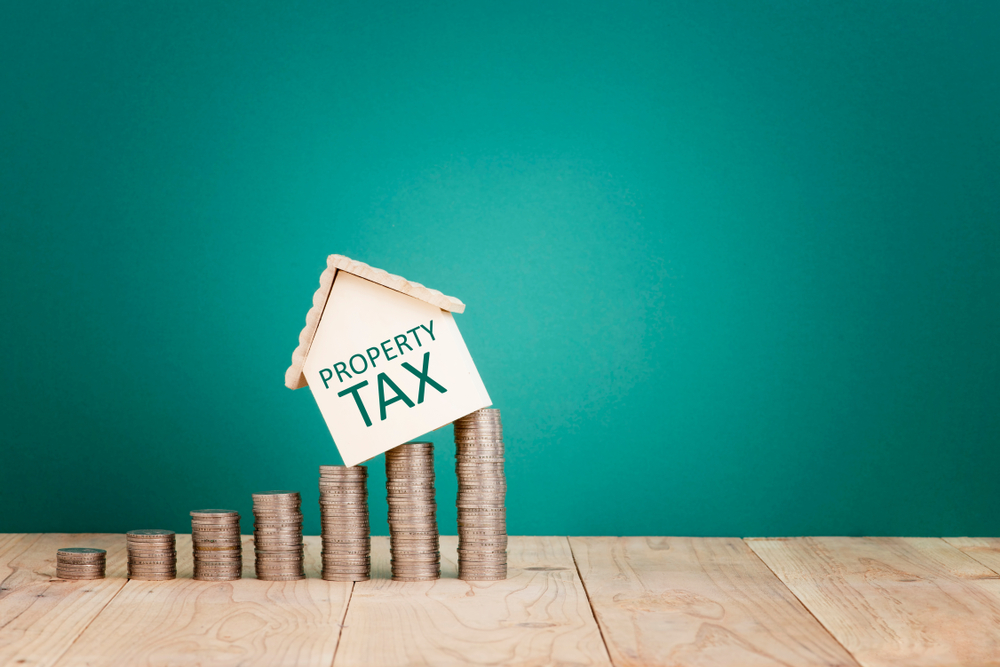Property developers, investors and suppliers are preparing for a “brown premium” to be levied on emissions-intensive buildings.
A quarter of Australia’s greenhouse gas emissions come from the steel, cement and aluminium used in homes, workplaces and to build roads, rail and airports.
Laying the foundation for low-carbon construction, Australia tech company Matrak on Monday announced a partnership with a leading steelmaker for a first-of-its-kind carbon-tracking pilot.
Steel beams from BlueScope’s massive North Star plant in the United States may all look the same but a QR code on each one can validate the path taken through the supply chain.
“Based on what we’re doing with Bluescope, there’s no excuse for companies not to be able to set and make those targets, and to prove that they can meet those targets,” Melbourne-based co-founder and CEO Shane Hodgkins said.
“If you’ve got this critical information at the start of the supply chain a lot of that includes the carbon intensity of the initial production.”
Mr Hodgkins said he and his brother Brett came up with their data management tool when they were working on a high-rise at their dad’s commercial window installation company and found shipping containers of frames came with big information gaps.
The data management tool displays the information at any point in the supply chain and can share it across a project.
“By creating that transparency, we’re hoping that will actually allow the industry to shift in line with the regulations that are coming in around the world,” Mr Hodgkins said.
Already, the cloud-based software start-up has tracked more than a million materials at the 333 construction projects on its books across Australia, Asia, North America and the United Kingdom.
Sustainability consultant Hudson Worsley said many people assume that green products are “niche and premium”.
The members of an industry body he chairs, the Materials and Embodied Carbon Leaders’ Alliance, are responsible for building billions of dollars of infrastructure. They want to accelerate the measurement and reduction of supply chain emissions.
“Eventually it will be the norm that you’ll be paying a brown premium because you’re not addressing the negative impact of the material,” Mr Worsley told AAP.
Carbon tracking and emissions reduction also adds a different kind of value, he said.
Sustainability and carbon management are important to engineering and construction graduates, and they’re asking future employers what their company is doing about the climate, carbon, water, or biodiversity, he explained.
The introduction of a carbon tariff in Europe means all countries, including China, will need better data and governance if they want to trade.
The finance industry is also driving climate-related financial disclosures, which start with credible metrics and data.
“If an international investor is concerned about its carbon exposure, it’s going to press the executive teams of any asset owner that they’re investing in to measure and disclose their carbon exposure and other climate risks,” Mr Worsley said.
“Once suppliers start to provide the carbon data that goes into their materials that they supply to whoever, big or small, even Bob the Builder can buy Bluescope Steel with that number attached to it,” he said.
“Carbon will just be one of the other metrics that gets taken on board.”
Analysts say production from Bluescope’s North Star electric arc furnace has an emissions intensity that is significantly lower than the Port Kembla blast furnace in NSW.
Marion Rae
(Australian Associated Press)





